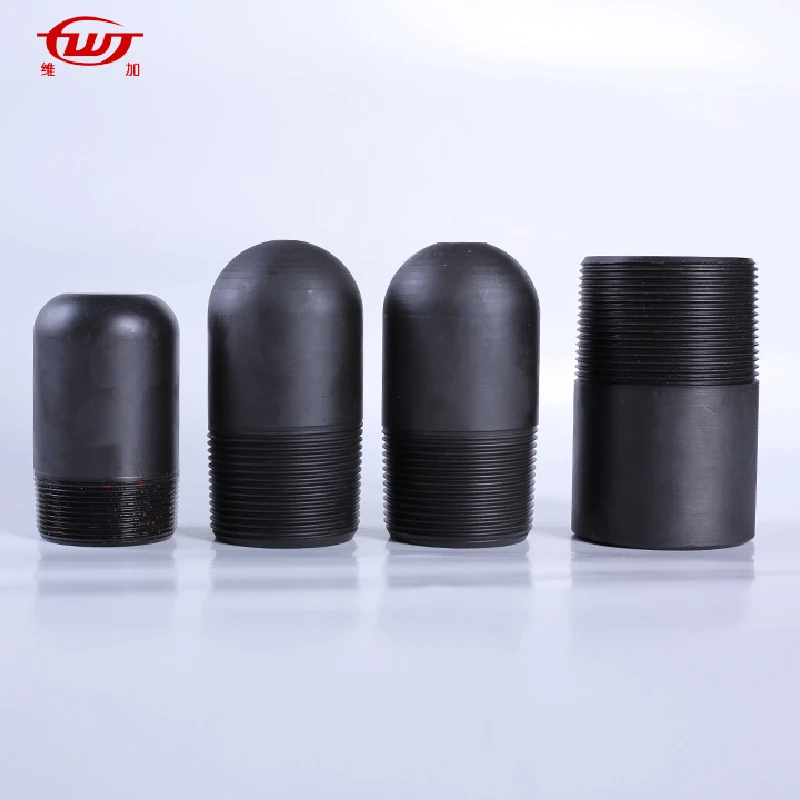- Afrikaans
- Albanian
- Amharic
- Arabic
- Armenian
- Azerbaijani
- Basque
- Belarusian
- Bengali
- Bosnian
- Bulgarian
- Catalan
- Cebuano
- Corsican
- Croatian
- Czech
- Danish
- Dutch
- English
- Esperanto
- Estonian
- Finnish
- French
- Frisian
- Galician
- Georgian
- German
- Greek
- Gujarati
- Haitian Creole
- hausa
- hawaiian
- Hebrew
- Hindi
- Miao
- Hungarian
- Icelandic
- igbo
- Indonesian
- irish
- Italian
- Japanese
- Javanese
- Kannada
- kazakh
- Khmer
- Rwandese
- Korean
- Kurdish
- Kyrgyz
- Lao
- Latin
- Latvian
- Lithuanian
- Luxembourgish
- Macedonian
- Malgashi
- Malay
- Malayalam
- Maltese
- Maori
- Marathi
- Mongolian
- Myanmar
- Nepali
- Norwegian
- Norwegian
- Occitan
- Pashto
- Persian
- Polish
- Portuguese
- Punjabi
- Romanian
- Russian
- Samoan
- Scottish Gaelic
- Serbian
- Sesotho
- Shona
- Sindhi
- Sinhala
- Slovak
- Slovenian
- Somali
- Spanish
- Sundanese
- Swahili
- Swedish
- Tagalog
- Tajik
- Tamil
- Tatar
- Telugu
- Thai
- Turkish
- Turkmen
- Ukrainian
- Urdu
- Uighur
- Uzbek
- Vietnamese
- Welsh
- Bantu
- Yiddish
- Yoruba
- Zulu
Understanding Well Casing Coupling and Its Importance in Drilling Operations
Understanding Well Casing Couplings Essential Components in Drilling Operations
In the oil and gas industry, well construction is a critical process that involves numerous components working in harmony to ensure the safe and efficient retrieval of gas and oil resources. Among these components, well casing couplings play a crucial role in connecting sections of casing pipes. This article explores the functionality, types, and advancements in well casing couplings, highlighting their significance in drilling operations.
What is Well Casing?
Before diving into the specifics of casing couplings, it’s essential to understand what well casing is. Well casing refers to the series of pipes that are installed in a newly drilled borehole to provide structural integrity and prevent the collapse of the well. Casing also protects groundwater from contamination and isolates various pressure zones of the geological formations.
The Role of Casing Couplings
Casing couplings are short sections of pipe that are used to join two pieces of casing together. Without these couplings, the drilling operation would be inefficient and prone to failure due to the inability to effectively manage the pressures involved. The primary functions of casing couplings include
1. Connection They securely connect different lengths of casing, enabling a more extended reach into the wellbore. 2. Pressure Management Casing couplings are designed to withstand significant pressures, contributing to the overall structural integrity of the well. 3. Flexibility They allow for some degree of flexibility and movement between connected casing sections, accommodating shifts in geological formations during drilling.
Types of Well Casing Couplings
There are several types of well casing couplings available, each tailored for specific applications and pressures
1. Threaded Couplings These feature male and female threads that facilitate a secure connection between casing sections. They are widely used due to their ease of installation and ability to handle standard pressures. 2. Welded Couplings Designed for high-pressure applications, welded couplings are permanently fused to the casing sections. This type provides a robust connection, minimizing the risk of leaks.
well casing coupling

3. Slip-on Couplings These couplings slide over the ends of the connecting pieces and are typically used in applications where quick assembly is desired. They may require additional mechanical fastening for improved sealing.
4. Specialty Couplings In some scenarios, custom couplings are necessary. These can include couplings designed for specific materials, pressures, or environmental conditions, such as corrosion-resistant materials for offshore drilling.
Advances in Casing Coupling Technology
With the advancements in technology, the manufacturing processes for well casing couplings have evolved significantly. Modern couplings are engineered using high-strength materials that improve their durability and resistance to environmental factors. Additionally, coating technologies have been developed to enhance resistance to corrosion and wear, extending the lifespan of the couplings.
Moreover, innovations such as non-metallic couplings are gaining traction, offering lightweight and corrosion-resistant solutions that can withstand extreme temperatures and pressures. These materials can significantly reduce operational costs by minimizing maintenance and replacement needs.
Regulatory Considerations
The design and use of casing couplings are subject to strict regulatory standards to ensure safety and environmental protection. Industry standards set by organizations such as the American Petroleum Institute (API) dictate the specifications for casing materials, including their tensile strength and resistance to corrosion. Compliance with these standards is imperative for operators looking to mitigate risks associated with drilling activities.
Conclusion
In summary, well casing couplings are integral components in the oil and gas drilling process. Their ability to connect casing sections and manage pressure plays a pivotal role in ensuring the safety and efficiency of drilling operations. As technology continues to evolve, the design and functionality of these couplings will undoubtedly improve, further enhancing their performance in the field. Understanding the role and significance of casing couplings not only aids in the effectiveness of drilling projects but also highlights the importance of adhering to industry standards and regulations to ensure safe operation.
-
Tubing Pup Joints: Essential Components for Oil and Gas OperationsNewsJul.10,2025
-
Pup Joints: Essential Components for Reliable Drilling OperationsNewsJul.10,2025
-
Pipe Couplings: Connecting Your World EfficientlyNewsJul.10,2025
-
Mastering Oilfield Operations with Quality Tubing and CasingNewsJul.10,2025
-
High-Quality Casing Couplings for Every NeedNewsJul.10,2025
-
Boost Your Drilling Efficiency with Premium Crossover Tools & Seating NipplesNewsJul.10,2025







